Topic" editor turned detective, 130 official documents found the descendants of primary school students 90 years ago: "Taiwan Nursery Rhymes Reader during the Japanese Occupation" became secretary
Author| Chen Yanming (literary worker)
How difficult can it be to edit a book? Recently (Editor's Note: 2018), the upcoming Taiwanese juvenile novel "Spring Breeze Song" during the Japanese occupation period, as well as the nursery rhymes "Treasure Island Gramophone" and "Children's Talk Broadcasting Bureau", aim to trace the origin of the development of Taiwanese children's literature. Among them, "Children's Talk Broadcasting Bureau" contains nursery rhymes written by Taiwanese children in public schools during the Japanese occupation period. All the authors are Taiwanese primary school students who went to school in the 1920s. How to find the author for authorization after 90 years? It became a major challenge for the editorial team before the book was published.
Feng Deping, editor-in-chief of Wenxun, who is in charge of editing the series, said that over the past few decades, Wenxun has undertaken various tasks and sought out hundreds of writers. Human challenges are no strangers. But the difference is that the "writers" I'm looking for this time are public school students in the 1920s who may have only created this piece of work in their lifetimes. These amateur writers do not have meager information, but only have clues left at all.
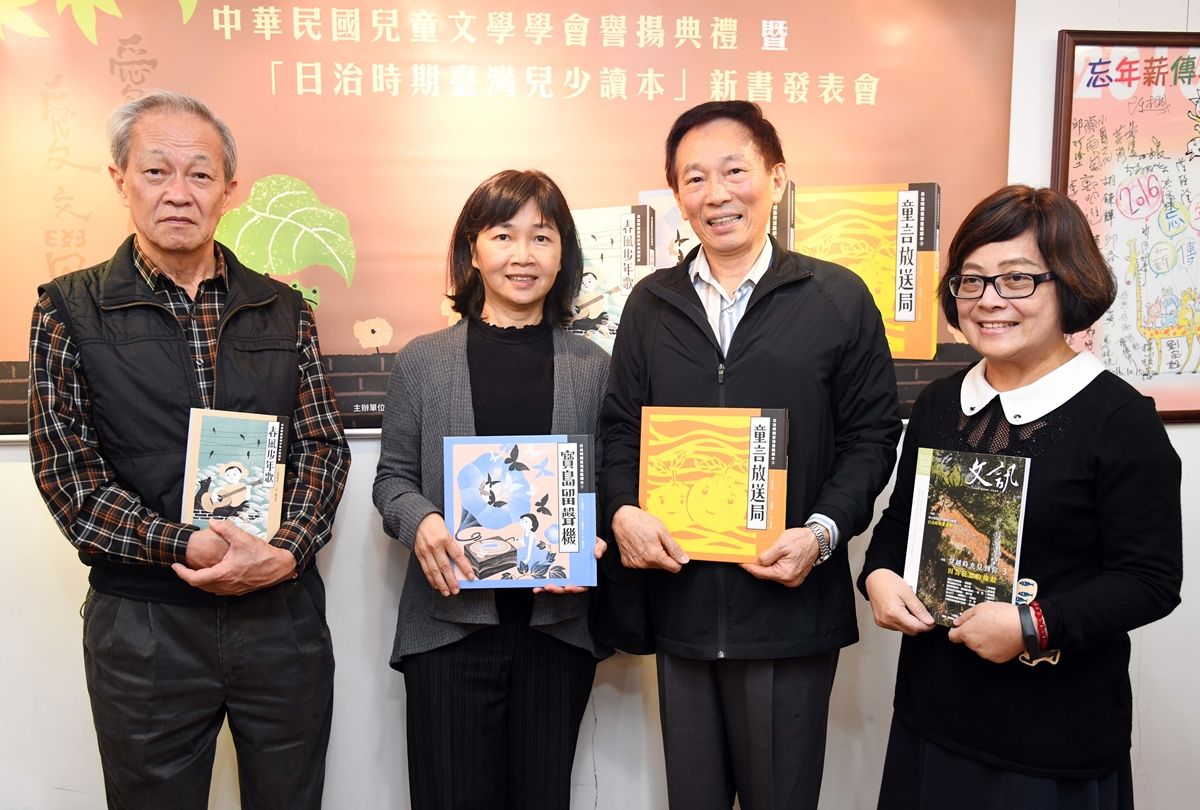
Why did elementary school students at that time start writing nursery rhymes? During the Japanese Occupation, the Taiwan Governor's Office had two policies related to children's literature. One was the "Fairy Tale Movement" and the other was the "Nursery Rhyme Movement." Among them, the nursery rhymes written by Taiwanese schoolchildren in Japanese had an amazing and wonderful performance.
In order to improve children's cultural level, the school encourages students to compose nursery rhymes. At that time, the weekly appendixes of "Taiwan Daily News", "Taiwan Daily News" and "Taiwan Education" monthly, also had columns to publish nursery rhymes. From 1925 to 1930, more than 3,860 nursery rhymes were published in "Taiwan Daily News".
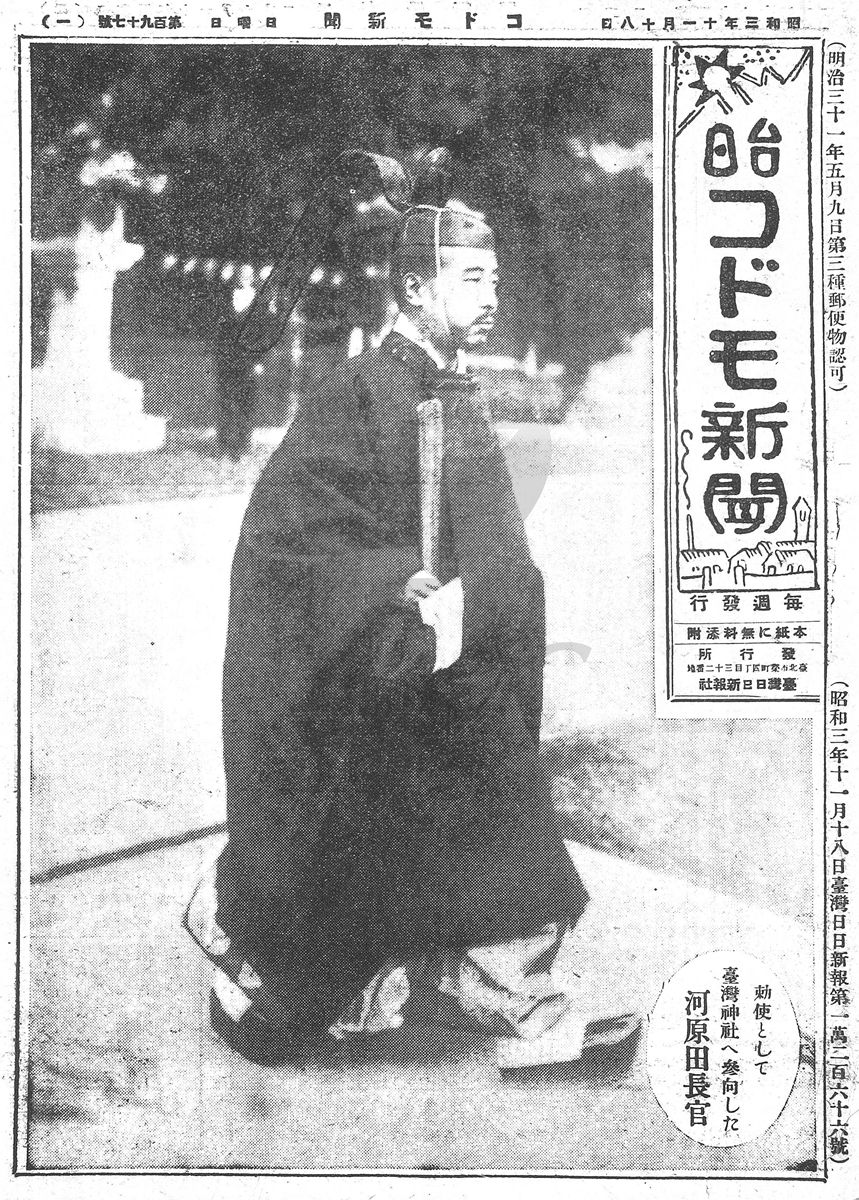
The creators of these nursery rhymes include men and women, Hokkien, Hakka and aboriginal people. In terms of regions, they come from Taipei, Hsinchu, Taichung, Tainan, Kaohsiung, and almost all over Taiwan. Newspapers will record the names, districts, schools, and grades of schoolchildren. For example, the author of the nursery rhyme "Train" records as follows:
Wu Zhuxing, fifth grade of Hsinchu City No. 1 Public School
Such a short line is the only clue for the editorial team to find the author. In the face of strict personal data protection laws, how to find people based on limited information, even the experienced editors of "Wenxun" can't help shaking their heads and sighing.

The search for a large group of authors begins with a one-to-one comparison check for school names, such as the "Hsinchu City No. 1 Public School" back then, which is now the "Hsinchu City Hsinchu Elementary School". Next, the editing team tried to inquire with the local household registration authority, but due to non-family relations, they could not directly access the information, so they had to switch to the official channel and send a document through the Beicheng Cultural Bureau to request assistance. To this end, the editorial team sent more than 130 official documents before and after, and waited for several months. After more than half a year of hard work, they received responses one after another.
Nearly a century later, after persevering in the task of finding people across Taiwan, collecting information and obtaining authorization, I was able to contact the family members of half of the authors. The result is really rare.
Among them, many family members did not know that their parents wrote poems when they were young. For example, Chen Zhichun, the grandson of Liu Zhensheng, said: "My children don't know that Ah Tianyou (Liu Zhensheng's nickname) can write poetry, they only know that he is a diligent father. For the family of these eight children, he has no spare time to write poetry. He can only work day and night. But from his words, you can still see his literary qualities.”
Feng Deping said that even though 90 years have passed and the author has passed away for many years, many descendants read these nursery rhymes and immediately said that they really seemed to be written by their ancestors. Kure Takexing's "Train" mentioned above, the poems are as follows:
Big nose smoking and eating, Mr. Train, Mr. Train

Written in the fifth grade of elementary school, this work is like a prophecy, foreshadowing that the schoolchild will dedicate most of her life to trains and cars. Wu Zhuxing, who was born in 1918, went to the Tokyo Railway Chair for further studies. After the war, he served in the Taiwan Railway Bureau. In 1957, he served as the director of the Changhua Locomotive Depot of the Railway Bureau. He was arrested and imprisoned on suspicion of rebellion and served 12 years in Green Island. In 2001, he applied for and passed the rehabilitative and honorary rehabilitation.
Wu Liuli, the eldest daughter of Wu Bamboo, said: "In the minds of the younger generation (grandchildren), Grandpa is serious and self-disciplined, taciturn, and his emotions are not visible. , more cautious in words and deeds, and it is a pity that the seedlings of literature and art have been destroyed. It is a little comforting that in his later years, when he worked for a car company, he founded the publication "Hetai Garden", which was a collection of writing and editing. My father’s working life was closely related to transportation. The first half of his life was devoted to the train industry, and the second half of his life was focused on the automobile industry. Now, reading his childhood works, it is clear that he has a long-term direction for his future career.”
When editing this anthology, Feng Deping particularly liked the following piece:
How tall do the bamboos in the garden grow? If they grow too high, the passage of the moon will be blocked by you - <Bamboo> Chen Shixin, 2nd grade at Dahu Public School in Hsinchu Prefecture
The title of the poem is bamboo, which actually conveys the beauty of the bright moonlight, and the simple language shows the lovely childlike interest, which is a very wonderful work. Chen Wenxian, son of Chen Shixin, the author of this poem, was very excited when he received the official document from Dahu Elementary School in Miaoli County. In particular, he attended the launch of the new book, and said at the meeting that when he heard his family read his mother's poems aloud, "I felt intoxicated and excited when I heard the reappearance of my mother's polite and well-organized tone when she spoke to others in her early years. "
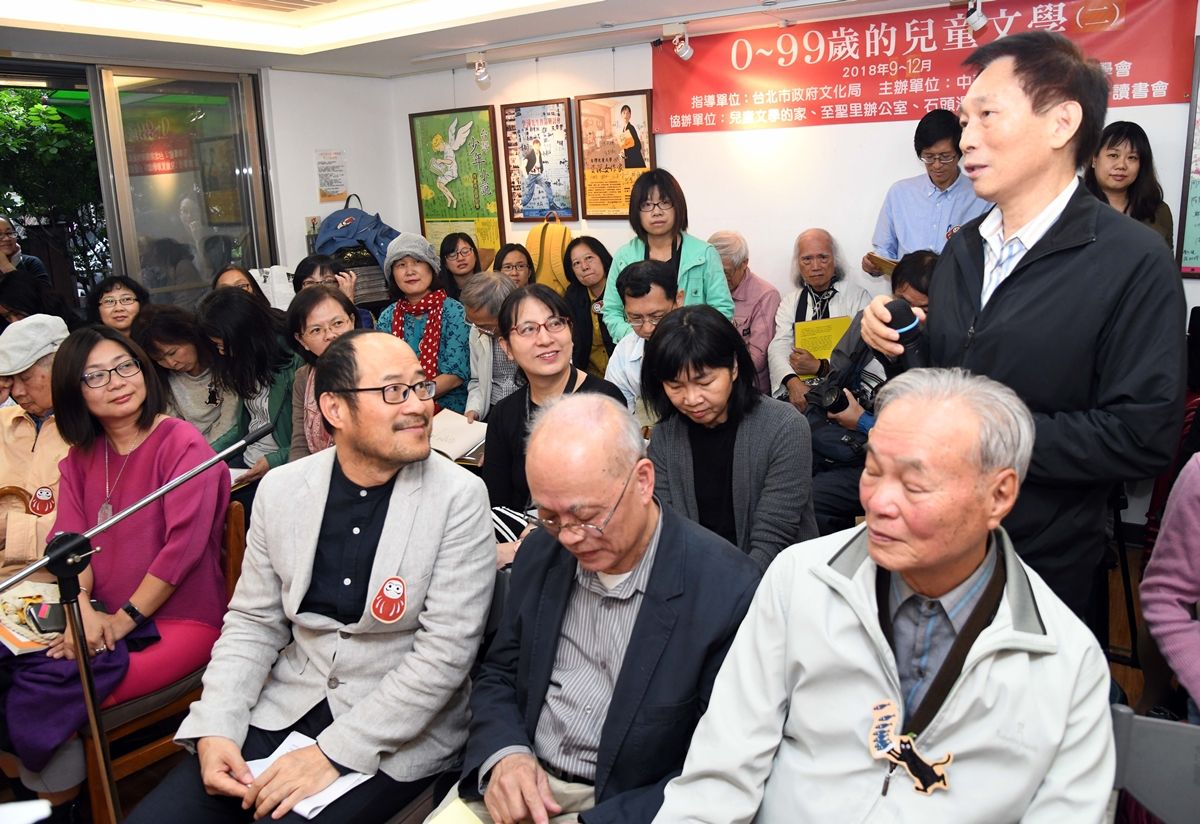
"The magical story of Conan's handling of the case actually happened in my house." Many family members who received the news were overjoyed, surprised that the rigorous and stable elders of the family had created such lively works. Families are glad to discover the different aspects of their elders' romantic innocence, and they regard poetry and prose as the most precious gift.
Just imagine the white horses passing through the gap, the descendants with snow-white temples, and suddenly receiving the poems of their parents when they were childish. This text from the past seems to reproduce the appearance of a deceased relative. What a legend. Although the editing process has been difficult, the feedback obtained can not only preserve historical materials and promote literature, but also travel through time and space to connect people from ancient to modern. ●( The original text was first published on the OPENBOOK official website on 2018-11-03)

"Books for Children and Young Children in Taiwan During the Japanese Occupation" Series Archives
There are 3 albums in total, namely "Spring Breeze Boys' Songs: A Reader of Taiwanese Juvenile Novels During the Japanese Occupation", "Treasure Island Gramophone: A Reader of Taiwan Nursery Rhymes During the Japanese Occupation 1", and "The Children's Talk Broadcasting Bureau: A Reader of Taiwan Nursery Rhymes During the Japanese Occupation 2".
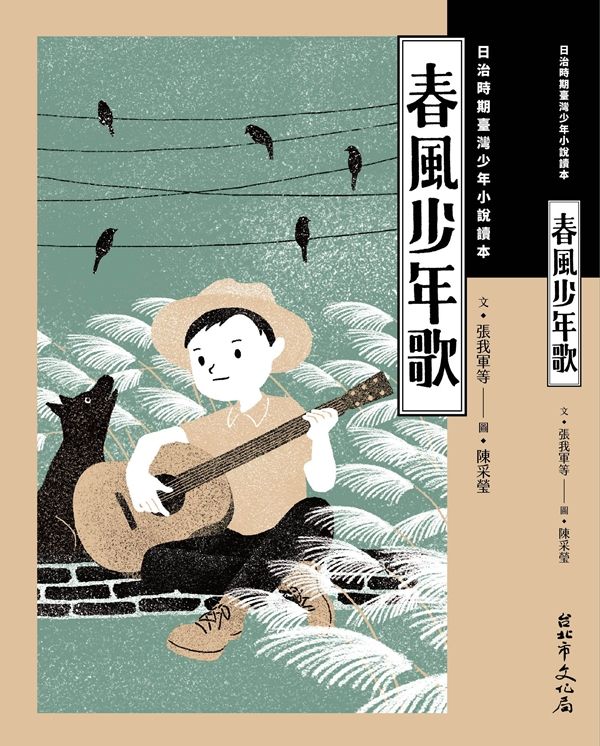
It includes a total of 17 works by 9 new literature writers including Zhang Wujun, Yang Shouyu, Yang Yunping, Yang Kui, Zhang Wenhuan, Weng Nao, Long Yingzong, Wu Yongfu, and Lu Heruo. While they are engaged in literary creation, they also take care of reading and writing in the world of children, opening a precedent for the writing of juvenile novels, focusing on the two themes of enlightenment and growth. The new literature writers sowed the seeds of the first generation in this field, bearing fruit.
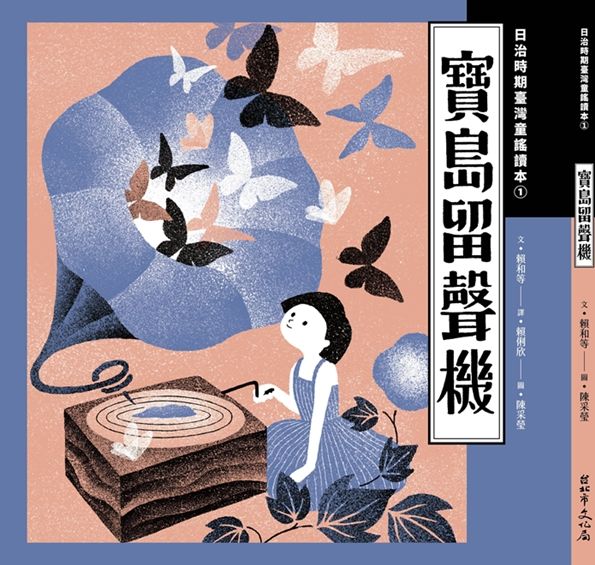
"Treasure Island Gramophone: Taiwanese Nursery Rhymes Reader during the Japanese Occupation ①"
To recall Taiwan's nursery rhymes with a "gramophone", 16 people were selected including Jiang Shangwen, Lin Shicong, Xu Fu, Zhuang Yuefang, Zhuang Chuanpei, Chen Baozong, Chen Yingsheng, Chen Xiangyao, Zhou Boyang, Huang Wuhu, Chen Junyu, Huang Yaolin, Yang Shouyu, Liao Hanchen, Cai Peihuo, Lai He, etc. A total of 28 works by public school instruction and nursery rhyme writers. Interwoven in two languages, they lively responded to the nursery rhyme promotion campaign of the Taiwan Governor's Office. In addition to Japanese writing in response to the colonial policy, it is also committed to maintaining the tradition of Chinese writing, giving readers a glimpse of the treasured island during the Japanese colonial era, as well as the simple living conditions of the people.
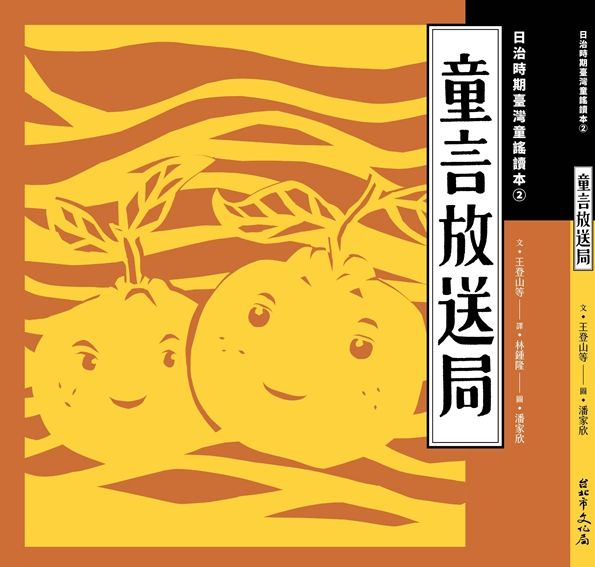
The "Broadcasting Bureau" is used to symbolize the spread of nursery rhymes at that time. The text selects 36 works by Siran Iban, Wang Danden, Wu Zhuxing, Song Jintang, Song Ruilou, etc. when they were in public schools in the 1920s. The content is rich and the subject matter is diverse. The region covers Taiwan's main island and outlying islands, and the ethnic groups cover southern Fujian, Hakka and aboriginal people. The maturity of the works is highly praised by the late writer Mr. Lin Zhonglong. The works included in this book are quite local. Through the innocent perspective of children, the world is put on a filter of "childlike innocence", which is sincere and moving.
Like my work? Don't forget to support and clap, let me know that you are with me on the road of creation. Keep this enthusiasm together!

- Author
- More